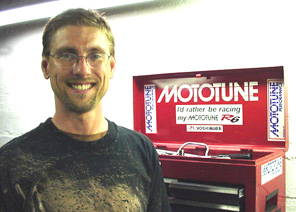My last bike GS 500 F was factory new and I followed the manual guideline on how to break it in, keeping it under a certain amount of rpms etc.
Now I've just bought a 750 GSXF (yet to be delivered), I bought it the same place as the last one where I often visit.. So I've become quite friendly with everyone there, and the mechanic told me to be an ass on my bike when breaking it in, because it would benefit more from it.
I then began researching the topic a bit, and seems a lot of people agree with this, also read this site on the topic:
What are your thoughts on this subject?
Now I've just bought a 750 GSXF (yet to be delivered), I bought it the same place as the last one where I often visit.. So I've become quite friendly with everyone there, and the mechanic told me to be an ass on my bike when breaking it in, because it would benefit more from it.
I then began researching the topic a bit, and seems a lot of people agree with this, also read this site on the topic:
What are your thoughts on this subject?





 seriously run the bike a lil rougher follow the tips in the link and enjoy your bike. granted theres a long ass debated about this but why are all race engines run semi hard on a dyno for 1 to 2 hrs then the do a max pull for hp and torque then where do they go directly into a car and get hammered on for 4 hrs in a neckcar race.
seriously run the bike a lil rougher follow the tips in the link and enjoy your bike. granted theres a long ass debated about this but why are all race engines run semi hard on a dyno for 1 to 2 hrs then the do a max pull for hp and torque then where do they go directly into a car and get hammered on for 4 hrs in a neckcar race.














Comment